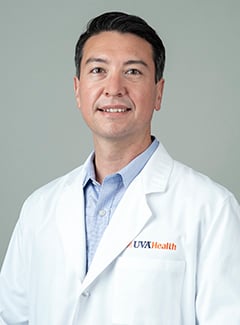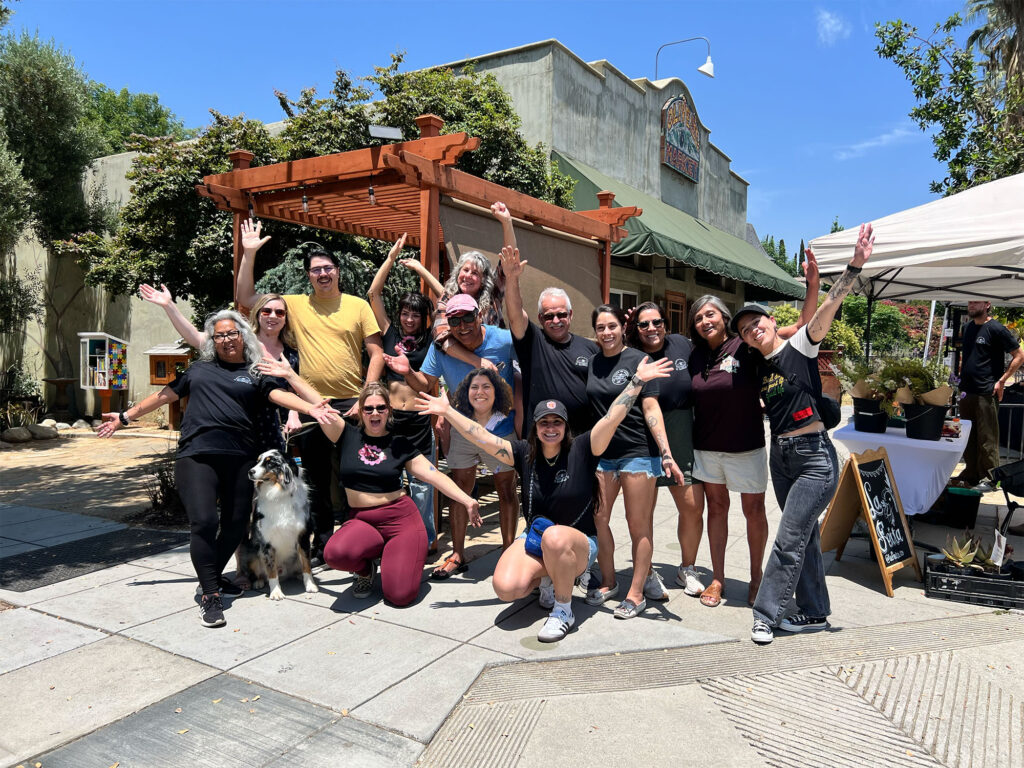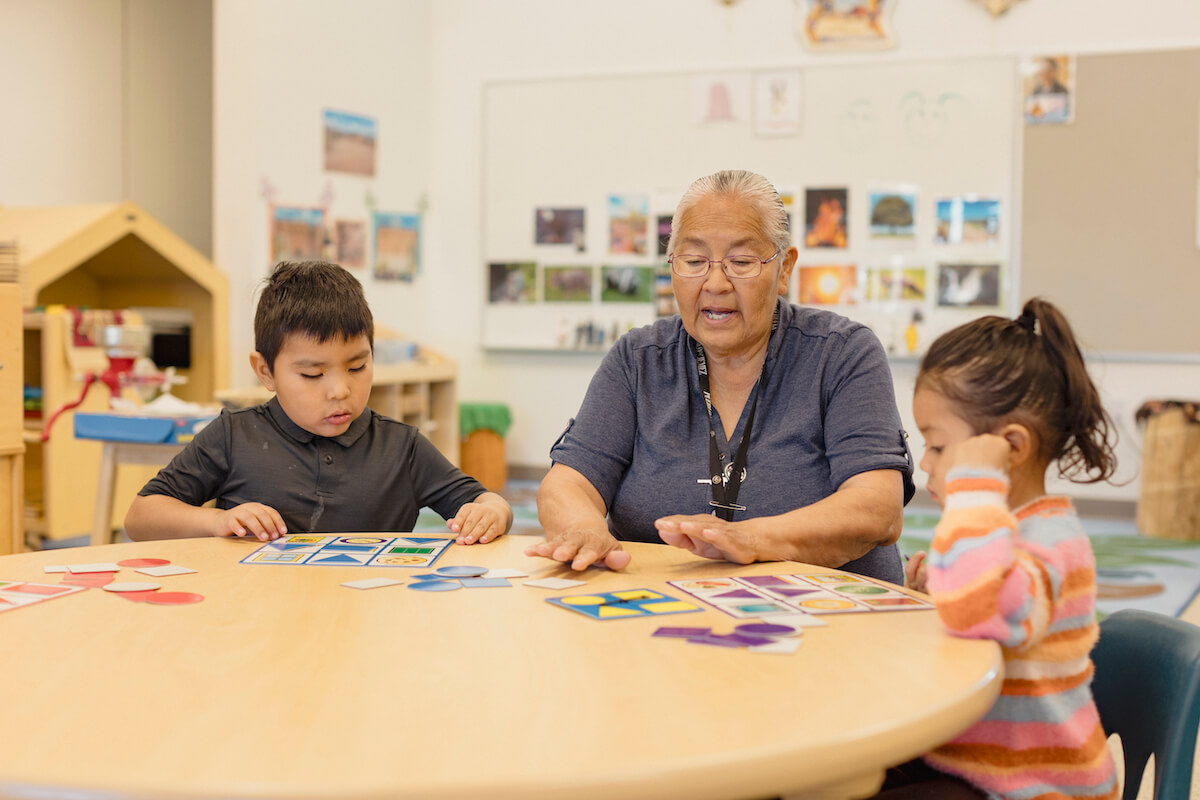Report on Pikes Peak Region’s Educational Advancements and Alignment with Sustainable Development Goals
Executive Summary
School districts within the Pikes Peak region are undertaking significant investments in Career and Technical Education (CTE) to align with evolving student and workforce needs. These initiatives, particularly the development of new facilities and programs, demonstrate a strong commitment to achieving several United Nations Sustainable Development Goals (SDGs), including SDG 4 (Quality Education), SDG 8 (Decent Work and Economic Growth), SDG 9 (Industry, Innovation, and Infrastructure), and SDG 17 (Partnerships for the Goals).
Lewis-Palmer District 38: A Model for Sustainable Educational Infrastructure
The Career and Innovation Center Initiative
Lewis-Palmer District 38 (D-38) is launching a new Career and Innovation Center for the 2025-26 school year. This facility is designed to provide high school students with specialized training, directly contributing to SDG 4 (Quality Education) by enhancing vocational skills. The program pathways were strategically selected based on regional economic data and student interest, ensuring the curriculum is relevant and impactful.
- Phase 1 Pathways: Advanced Manufacturing, Engineering, and Skilled Trades (including welding and aerospace engineering).
- Phase 2 Pathways: Computer Science and Health Care.
By providing these skills, the center directly supports SDG 8 (Decent Work and Economic Growth), aiming to reduce the proportion of youth not in employment, education, or training and addressing local labor shortages, such as the documented need for welders.
Strategic Collaborations for Enhanced Impact (SDG 17)
A core component of D-38’s strategy is the cultivation of multi-sector partnerships, a key tenet of SDG 17 (Partnerships for the Goals). These collaborations are essential for resource mobilization, curriculum development, and creating a direct pipeline from education to employment.
Key Partners Include:
- Industry: Springs Fabrication, Nova Flex, Integris, Jabil, and IEEE.
- Educational Institutions: University of Colorado Colorado Springs (UCCS) and Westminster D-50, which donated significant equipment.
These partnerships facilitate work-based learning, internships, and “supervised entrepreneurial experiences,” where students solve real-world industry problems. This approach fosters innovation and practical skills, aligning with SDG 9 (Industry, Innovation, and Infrastructure).
Fostering Innovation and Community Resilience (SDG 9 & SDG 11)
The district’s engagement in the U.S. Department of Education’s CTE CHIPS Challenge, aimed at developing Colorado’s first high school course in semiconductor engineering, underscores its commitment to SDG 9. Although the federal competition was terminated, the effort established a national collaborative network to advance training for CHIPS-aligned occupations.
Furthermore, the center is planned to serve as a community resource, offering skills development for adult learners. This promotes lifelong learning opportunities and contributes to building inclusive and sustainable communities, in line with SDG 11 (Sustainable Cities and Communities).
Broader Regional CTE Expansion
Other districts in El Paso County are implementing similar strategies to bolster career readiness and support regional economic health.
Colorado Springs District 11
The Colorado Springs School of Technology, opening in Fall 2024, will focus on high-growth sectors, advancing SDG 8 and SDG 9. It will offer pathways and industry certifications in:
- Aerospace and Defense
- Cybersecurity
- Information Technology
- Space Technology
Academy District 20
As part of its long-term strategic planning, Academy District 20 is developing a new CTE center at Air Academy High School. This initiative will complement existing programs and focus on future-oriented career fields, ensuring a sustained contribution to SDG 4 and SDG 8.
Planned Pathways:
- Aviation
- Advanced Manufacturing/Mechatronics
- Hospitality Management/Culinary
- Computer Programming/AI Technology
Identified Sustainable Development Goals (SDGs)
- SDG 4: Quality Education
- SDG 8: Decent Work and Economic Growth
- SDG 9: Industry, Innovation, and Infrastructure
- SDG 17: Partnerships for the Goals
Specific SDG Targets Identified
-
SDG 4: Quality Education
- Target 4.3: By 2030, ensure equal access for all women and men to affordable and quality technical, vocational and tertiary education, including university.
Explanation: The article highlights the creation of the Career and Innovation Center, which will be “available to all district high schoolers.” It also mentions plans for the center to be “open to adult learners during the summer months, weekends and after-school hours,” promoting equal access to skills development for the broader community. - Target 4.4: By 2030, substantially increase the number of youth and adults who have relevant skills, including technical and vocational skills, for employment, decent jobs and entrepreneurship.
Explanation: The entire initiative is focused on providing career and technical education (CTE) to meet workforce demands. The article states that school districts are “investing heavily in developing new programming and partnerships to meet the needs of both students and the workforce.” Specific pathways mentioned include advanced manufacturing, engineering, skilled trades, computer science, and health care, all of which provide relevant vocational skills.
- Target 4.3: By 2030, ensure equal access for all women and men to affordable and quality technical, vocational and tertiary education, including university.
-
SDG 8: Decent Work and Economic Growth
- Target 8.6: By 2020, substantially reduce the proportion of youth not in employment, education or training.
Explanation: The programs are designed to directly prepare students for the local job market, thus reducing the likelihood of them being unemployed or not in further training after high school. The article notes the goal is to “prepare the future workforce for local industries” and address labor shortages, such as the need for welders mentioned by Springs Fabrication.
- Target 8.6: By 2020, substantially reduce the proportion of youth not in employment, education or training.
-
SDG 9: Industry, Innovation, and Infrastructure
- Target 9.2: Promote inclusive and sustainable industrialization and, by 2030, significantly raise industry’s share of employment and gross domestic product.
Explanation: The school districts are creating pathways in fields like “advanced manufacturing, engineering,” “aerospace, defense, cybersecurity,” and “semiconductor engineering and manufacturing.” By training a local workforce for these specific industries, the initiative supports the growth and sustainability of local industrial sectors. - Target 9.5: Enhance scientific research, upgrade the technological capabilities of industrial sectors in all countries…encouraging innovation.
Explanation: The creation of a “Career and Innovation Center” and the launch of “Colorado’s first high school course in electronics and semiconductor engineering” directly contribute to upgrading technological capabilities and fostering innovation from an early educational stage. The plan for students to have “supervised entrepreneurial experiences to give them the opportunity to solve real problems that local industries currently face” is a direct application of this target.
- Target 9.2: Promote inclusive and sustainable industrialization and, by 2030, significantly raise industry’s share of employment and gross domestic product.
-
SDG 17: Partnerships for the Goals
- Target 17.17: Encourage and promote effective public, public-private and civil society partnerships.
Explanation: The article heavily emphasizes the role of partnerships. It details collaborations between public entities (D-38, D-11, D-20, D-50), public-private entities (school districts partnering with local employers like Jabil and Springs Fab, and nationwide partners like Nova Flex), and educational institutions (partnerships with UCCS and Pikes Peak State College).
- Target 17.17: Encourage and promote effective public, public-private and civil society partnerships.
Indicators for Measuring Progress
-
For Target 4.4 (Increase youth and adults with relevant skills)
- Number of students enrolled in vocational programs: The article explicitly mentions that “90 students that are interested in our welding program alone,” which serves as a direct quantitative indicator of student engagement in new vocational training.
- Number of new career pathways offered: The article states that “five pathways were determined” for the new center, and other districts are adding pathways in aerospace, IT, and hospitality. This can be tracked as a measure of expanding educational opportunities.
-
For Target 8.6 (Reduce youth not in employment, education or training)
- Number of internships and work-based learning opportunities: The article mentions that D-11 will offer students opportunities to “earn industry certifications through internships and mentorships.” Tracking the number of these placements would indicate progress.
- Local industry skills gap reduction: The anecdote about Springs Fabrication being unable to “find welders” implies a skills gap. A future indicator would be the number of program graduates hired by local industries, measuring the program’s success in meeting workforce demands.
-
For Target 17.17 (Promote effective partnerships)
- Number and type of partnerships formed: The article lists several partners by name (“Nova Flex, Integris and IEEE,” “Jabil,” “UCCS,” “D-50”), providing a clear, trackable list of established partnerships.
- Value of resources leveraged through partnerships: The article provides a specific monetary value for a partnership, stating that Westminster D-50 “recently donated $188,000 worth of equipment.” This is a quantifiable indicator of the material benefits of collaboration.
Summary of SDGs, Targets, and Indicators
| SDGs | Targets | Indicators |
|---|---|---|
| SDG 4: Quality Education |
4.3: Ensure equal access to affordable and quality technical, vocational and tertiary education.
4.4: Substantially increase the number of youth and adults who have relevant skills for employment. |
– Number of new career pathways created (“five pathways”). – Number of students enrolled in specific programs (“90 students… in our welding program”). – Availability of programs to all high schoolers and adult learners. |
| SDG 8: Decent Work and Economic Growth | 8.6: Substantially reduce the proportion of youth not in employment, education or training. |
– Number of students in internships and mentorships. – Reduction in local skills gaps (e.g., fulfilling the need for welders). – Number of students earning industry certifications. |
| SDG 9: Industry, Innovation, and Infrastructure |
9.2: Promote inclusive and sustainable industrialization.
9.5: Enhance scientific research and upgrade technological capabilities. |
– Creation of new facilities (“Career and Innovation Center”). – Launch of new, technologically advanced courses (“electronics and semiconductor engineering”). – Number of student projects solving real industry problems. |
| SDG 17: Partnerships for the Goals | 17.17: Encourage and promote effective public, public-private and civil society partnerships. |
– Number of industry, university, and inter-district partnerships established. – Monetary value of resources leveraged through partnerships (“$188,000 worth of equipment”). |
Source: gazette.com







